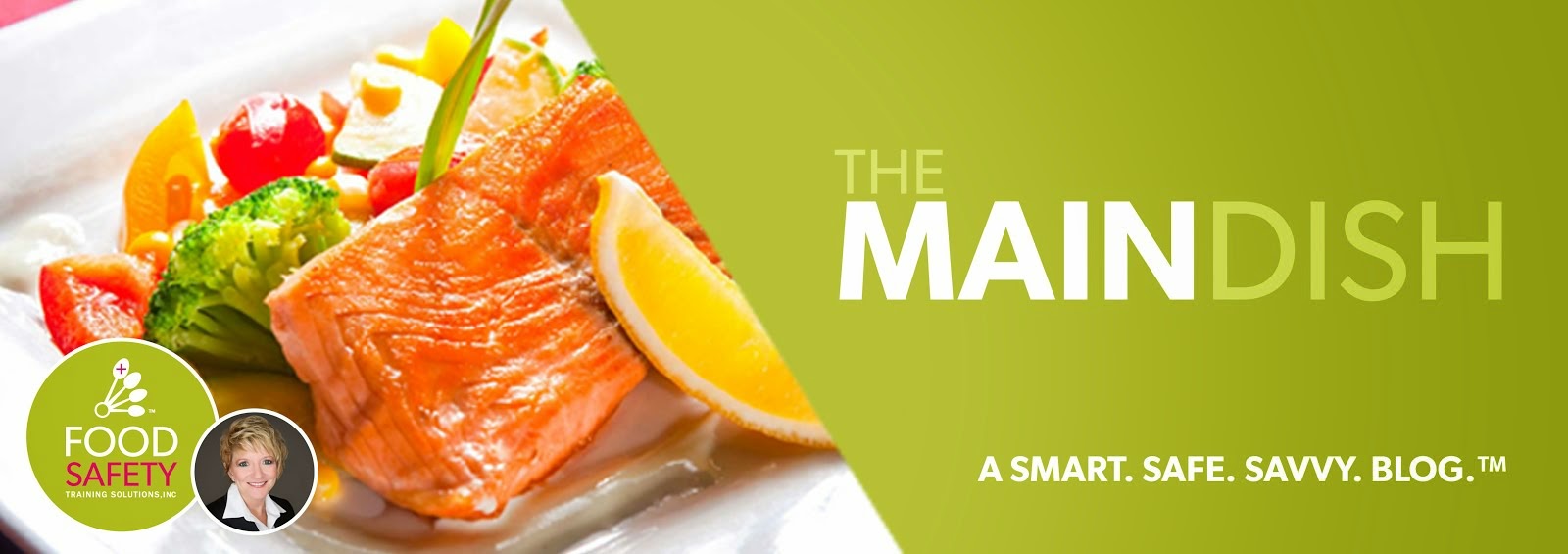Americans purchase several bags of ice every year. As you would suspect
the majority of it is purchased during the summer months between Memorial Day
and Labor Day.
Bagged ice comes in many forms. Regardless of its form or the source of
water it is derived from, ice is considered a food by the Food and Drug
Administration (FDA). If it is produced in one state and sold in another,
packaged ice is regulated, as a food. FDA regulations require that packaged ice
must be produced with properly cleaned and maintained equipment from water that
is potable, and that it is stored and transported in clean and sanitary
conditions.
Handle ice like a food, treat it
safely:
At Home
• Use
clean, non-breakable utensils to handle ice, such as tongs or an ice scoop
• Avoid
touching ice with dirty hands or glasses
• Store
ice only in clean containers that are safe for storing food
For Picnics
• Raw foods that will
be packed with loose ice in a cooler should be wrapped securely to prevent
water from the melting ice from cross-contaminating the foods in the cooler --
for example, carrying juices from raw meat to vegetables (ideally you wouldn’t
pack raw meats and vegetables in the same cooler)
• Put a separate bag
of ice in a cooler to use in drinks. Don't use loose ice from a cooler full of
raw foods for drinks
For Parties
If you plan to pour packaged ice into a tub or sink for guests to use
in their drinks:
• First wash the
receptacle thoroughly with a mixture of one teaspoon of unscented liquid bleach
to a quart of water
• Rinse with clean
water
• Let it air-dry or
pat dry with fresh paper towels
• Be sure to have
several scoops, tongs, or other utensils handy with which your guests can pick
up ice without touching it with their hands
Another Tip: When you visit your favorite eating establishments take a
look at the ice shoot. Is it clean? If not cleaned and sanitized regularly the
beverage center can harbor potentially harmful bacteria and viruses. Have you
ever seen someone stick their hand in that shoot?



